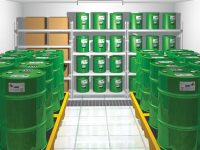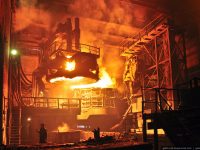There are two main certification bodies for oil analysis, ICML (International Council for Machinery Lubrication) and STLE (Society of Tribologists and Lubrication Engineers). Following is a breakdown of certifications. ICML Certifications Level I Machine Lubricant Analyst (MLA I) is for anyone in the field of lubricant-analysis-based machinery condition monitoring field. It requires one year of…
Read more
Training for STLE and ICML Certifications







